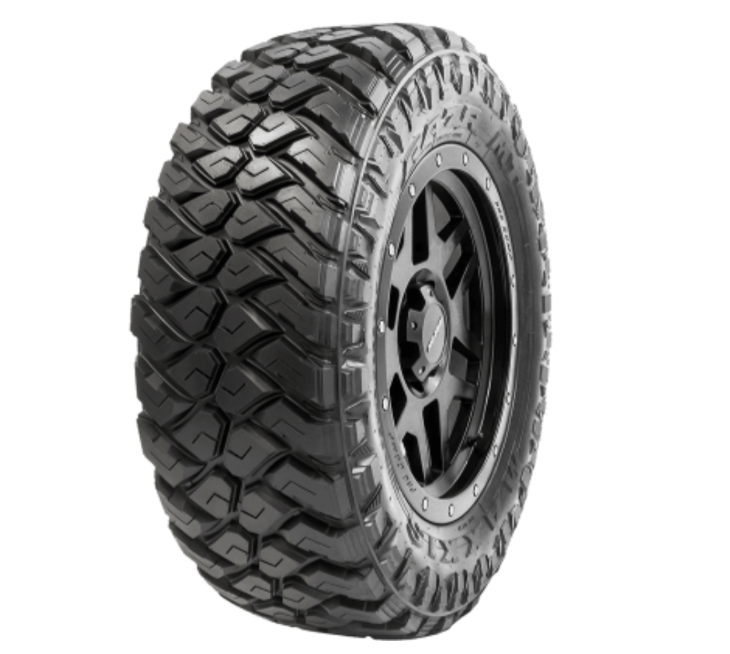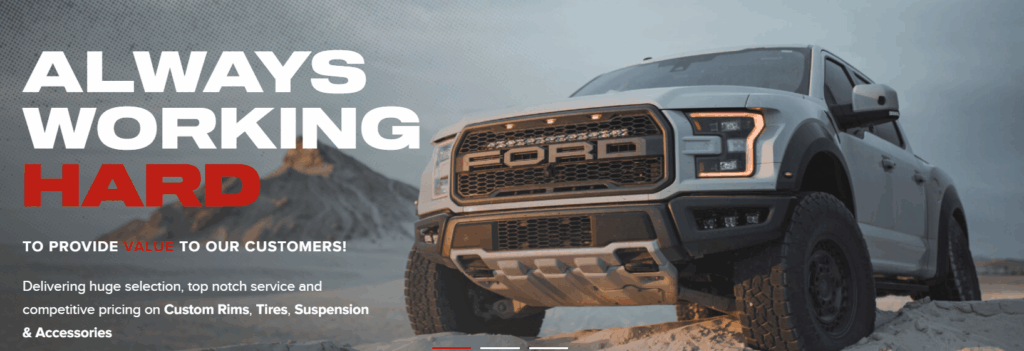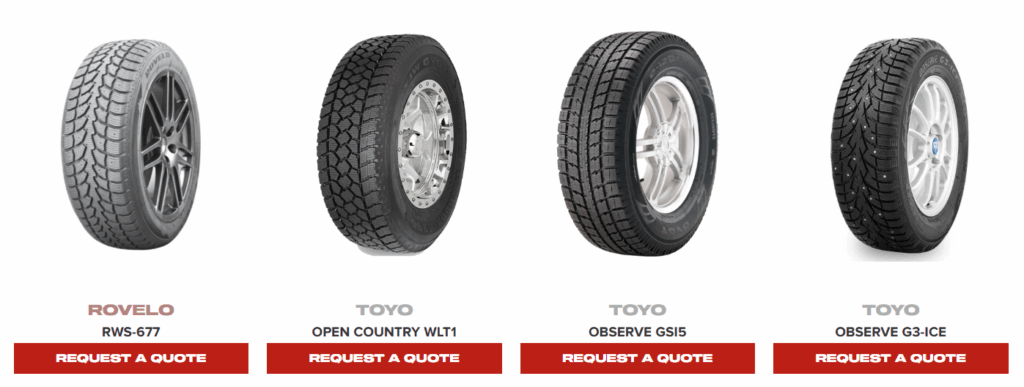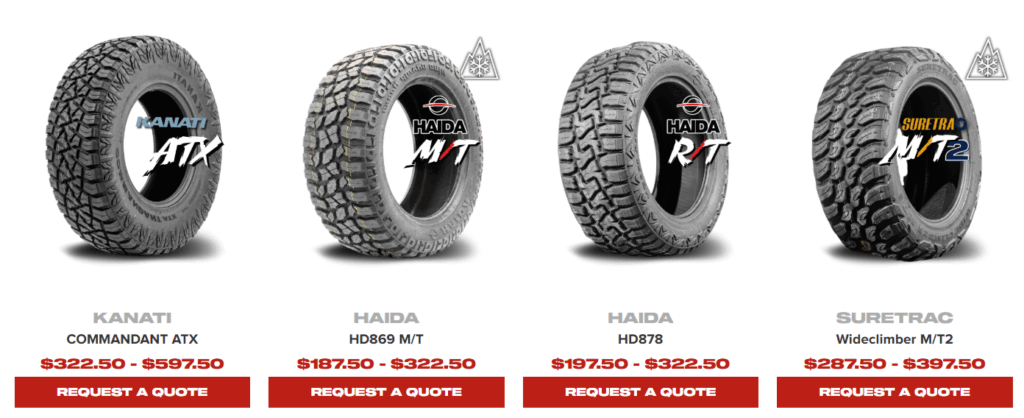Key Points:
-
Cold weather causes air inside tires to contract, leading to a pressure drop of about 1 PSI per 10°C decrease.
-
Many drivers see the TPMS Light activate during the first cold mornings of fall and winter.
-
Tires naturally lose about 1 PSI per month, meaning cold weather magnifies an ongoing issue.
-
Low tire pressure risks include poor traction, uneven wear, sidewall damage, reduced fuel efficiency, higher blowout risk, and compromised stability.
-
TPMS provides real-time alerts, but manual checks remain essential for accuracy and safety.
-
Drivers should check tire pressure first thing in the morning for the most reliable reading.
-
Recommended maintenance includes wheel alignments, mounting & balancing, and tire installation for winter readiness.
-
Canada Custom Autoworks offers professional TPMS service across Canada, including diagnostics, recalibration, sensor replacement, and system installation.
Across Canada, freezing temperatures can cause sudden changes in your tires. Many drivers notice a drop in tire air pressure in cold weather, which often triggers the TPMS Light on the dashboard. This alert from your Tire Pressure Monitoring System is a critical reminder that proper tire inflation is essential for safe driving on icy, snowy, and slushy winter roads.
At Canada Custom Autoworks, we offer professional TPMS Service at locations across the country. Our expert technicians ensure your monitoring system is working properly, helping you avoid low tire pressure problems and keeping your vehicle safe and ready for the road all winter long.
How Cold Weather Affects Tire Pressure?
When temperatures drop in Edmonton, the air inside your tires contracts. This is basic science: air molecules move more slowly in the cold, which reduces pressure. On average, you can expect about a 1 PSI drop for every 10°C decrease in temperature.
This explains why the tire pressure low when cold warning often appears on your dashboard during the first chilly mornings of fall and winter. The sudden loss in pressure is usually temporary, but it’s enough to trigger the TPMS light.
It’s also important to remember that tires naturally lose about 1 PSI per month, even without temperature changes. That means cold weather magnifies an issue that already happens gradually throughout the year.
Tip: Check your tire pressure first thing in the morning, before driving, to get the most accurate reading in cold weather.
Additional service:
Risks of Driving With Low Tire Pressure
When winter hits Edmonton, many drivers underestimate how dangerous it can be to operate a vehicle with low tire pressure. Underinflated tires don’t just compromise safety on icy roads - they also shorten the life of your tires, increase fuel costs, and raise the risk of sudden failure. Below is a breakdown of the most common risks:
| Risk | Description | Impact on Driving |
| Poor Traction | Tires lose their grip on icy or snowy surfaces. | Longer stopping distances, reduced control on winter roads. |
| Uneven Wear | Pressure imbalance causes the tread to wear unevenly. | Tires wear out faster, requiring earlier replacement. |
| Sidewall Damage | More flexing and heat buildup in the sidewalls. | Weakened tires, higher chance of structural failure. |
| Reduced Fuel Efficiency | Tires with low pressure create more rolling resistance. | Fuel consumption increases by 3–5%. |
| Higher Blowout Risk | Severe underinflation stresses tire components. | Sudden tire failure, risk of accidents. |
| Compromised Stability | Tires don’t support vehicle weight evenly. | Poor cornering, less responsive steering. |
Tip: Regularly check tire pressure during cold snaps, even a small drop can increase risks on Edmonton’s icy roads.
The Role of TPMS (Tire Pressure Monitoring System)
The Tire Pressure Monitoring System is designed to keep drivers safe by constantly checking the air pressure inside the tires. If it detects a significant drop, the dashboard alert will warn you before the issue becomes dangerous.
There are two types of alerts you might see:
- Low-pressure indicator – Usually shaped like a horseshoe with an exclamation mark, this symbol lights up when one or more tires fall below the recommended PSI.
- System warning light – In some vehicles, the TPMS Light may flash or stay on to signal a fault with the system itself, such as a weak sensor battery or connection issue.
While TPMS is a valuable safety feature, it should never replace regular manual pressure checks. Seasonal changes, slow leaks, or sensor malfunctions can all cause inaccurate readings. That’s why it’s important to keep a tire gauge on hand and verify pressure at least once a month, especially during Edmonton’s cold winters.
Tip: Think of TPMS as your backup safety net, not your only line of defense against low tire pressure.
Our products: Winter Tires
How to Properly Monitor Tire Pressure in Winter?
Cold Edmonton winters make it essential to stay consistent with tire maintenance. Proper checks not only improve safety but also extend tire life. To stay on top of things, drivers should follow these steps:
- Perform regular checks. Inspect your tires at least once a month, ideally before driving in the morning when they are cold.
- Use manufacturer guidelines. Follow the PSI listed in your owner’s manual or on the driver’s side door sticker to avoid over- or under-inflation.
- Adjust during sudden drops. When temperatures plunge quickly, be prepared to add air to compensate for lost pressure.
- Pair with seasonal maintenance. Regular inspections should go hand in hand with tire installation, balancing, and wheel alignments for best performance.
- Respond to system alerts. If your vehicle displays a “TPMS service required” notice or shows a check TPMS system, it means the monitoring system needs professional attention.
Our products: Mud Tires
Professional TPMS Service
Even with regular tire checks, technology sometimes requires professional support. Modern vehicles rely heavily on electronic systems, and when it comes to tire safety, a well-functioning monitoring system is crucial. At Canada Custom Autoworks, expert technicians handle every aspect of service to ensure accuracy and reliability.
Here’s what professional support can include:
- Sensor diagnostics – Identifying when a TPMS sensor fails due to weak batteries, damaged components, or age.
- System recalibration – Resetting and syncing sensors after rotations, replacements, or tire swaps.
- Full installation – Providing complete TPMS service installation for vehicles needing new or upgraded systems.
- Pressure verification – Confirming all tires are inflated to the correct PSI and ensuring readings match actual measurements.
- Integration with other services – Combining TPMS work with tire repairs, mounting, and balancing, or wheel installation for total safety.
Cold weather directly affects tire pressure, and ignoring dashboard warnings can compromise safety, fuel efficiency, and tire life. Regular monitoring and professional support are the best ways to protect your vehicle throughout the winter months.
At Canada Custom Autoworks, we provide expert TPMS service not only in Edmonton but at our locations across Canada. From diagnostics and recalibration to full sensor installation, our technicians ensure your system is accurate and reliable, whether you drive a truck, SUV, Jeep, or car.
Book your TPMS service in Canada today and keep your tires performing at their best all winter long.



